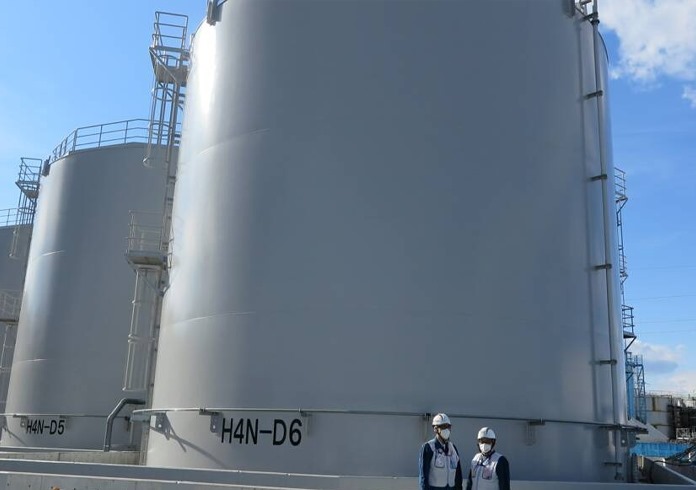International: Japan plans to discharge contaminated water from Fukushima into the Pacific Ocean, China expresses concern

Japan is planning to discharge wastewater from the Fukushima nuclear power plant into the Pacific Ocean, a decision that has been approved by the International Atomic Energy Agency (IAEA) but has raised serious concerns, notably from China.
This release operation, scheduled to begin this Thursday, was announced by the Japanese Prime Minister on August 22, leading to restrictions on Japanese seafood in Hong Kong and condemnation from China.
Although Tokyo insists that the process will be safe for the environment and human health, many voices, particularly in China, are speaking out against the decision. A spokesman for the Chinese Ministry of Foreign Affairs said that the ocean is a common good of mankind and that Japan should not arbitrarily make the decision to dump contaminated water.
Japan has planned to release more than 1.3 million cubic meters of water from the Fukushima Daiichi plant, including rainwater, groundwater and injections needed to cool reactors damaged in the 2011 tsunami. Before release, this water was treated to remove most radioactive substances, with the exception of tritium, which cannot be removed with current technologies. Experts believe that only high concentrations of tritium can be harmful to health.
The factory operator, Tepco, plans to discharge the waste into the ocean over several decades, at a maximum rate of 500,000 liters per day, with dilution to reduce the level of radioactivity below national standards. The Japanese government insists that this operation poses no danger to the marine environment or human health, an opinion shared by the IAEA. Japanese fishermen also fear that this will have a negative impact on the image of their products, both at home and abroad.
China, for its part, appears to be exploiting the issue to exacerbate geopolitical and economic tensions with Japan. Tokyo is seeking to use scientific evidence to end Chinese trade restrictions and support the Japanese fishing industry.
Kuame LOGOSSOU






